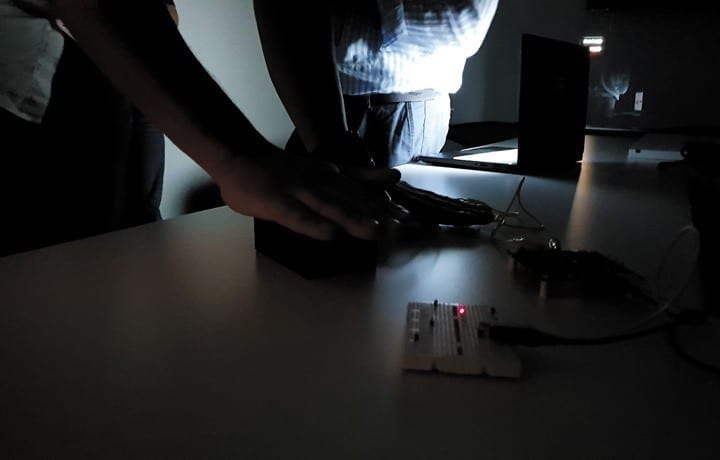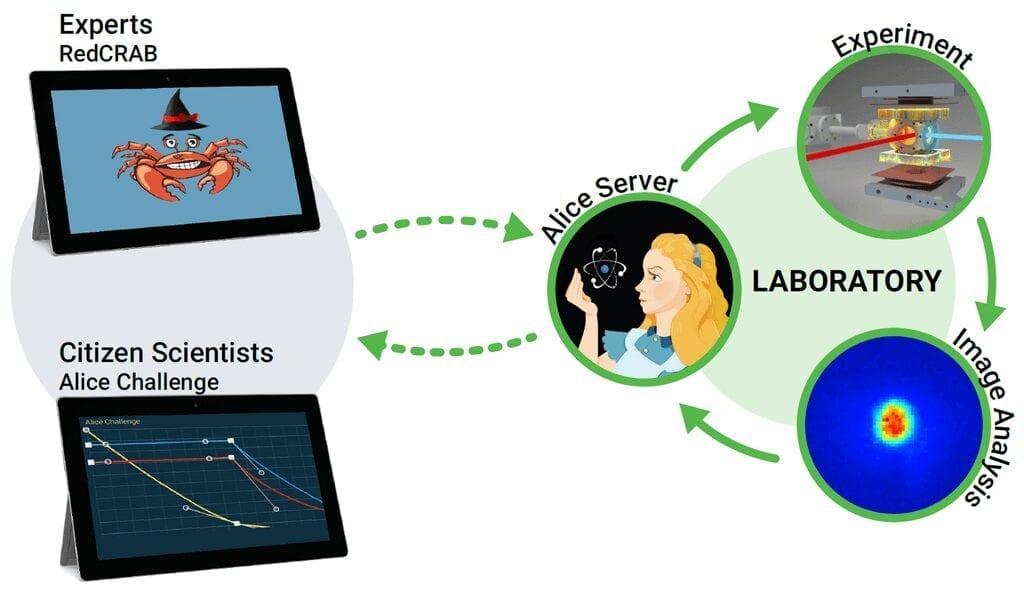
If thermoelectric materials can convert low-grade heat into electricity, we may never need to charge wearable technology at home again.
At night, most of us plug in a jumble of wires and devices as we charge our smart watches, phones and fitness trackers. It’s a pile that’s unlikely to get any smaller as more and more wearable tech enters our lives. Manufacturers and futurists predict that these will soon be energy self-sufficient and that we’ll be free of their mess. But the question remains: how? At the moment the only major portable power sources are solar chargers, but these have significant limitations both indoors and after dark.
Kedar Hippalgaonkar, Jianwei Xu and their co-workers at A*STAR’s Institute of Materials Research and Engineering (IMRE) think they could soon use low-grade waste heat – think car exhaust or body heat – to power devices.
“An enormous amount of low-grade waste heat is being dumped into the environment”, says Hippalgaonkar. Converting this heat into electricity is a big opportunity that shouldn’t be missed.
High-temperature thermoelectric generators are already a key source of power for space instruments. The Mars rover, Curiosity, and the interstellar space probe, Voyager 2, harness long-lasting nuclear heat. The latter has been running on this type of power for more than 40 years. “Thermoelectric power generation is not a new idea,” explains Hippalgaonkar. “It’s been investigated since the 1950s and there’s been lots of research on new materials, but in the past most of the work focused on toxic, inorganic materials and applications with high temperatures of operation.”
Hippalgaonkar agrees that the proliferation of Internet of Things devices now brings with it a demand for non-toxic, portable power sources. Future body sensors and portable devices could be worn constantly if they harnessed body heat to be energy self-sufficient. “But to do that we need to develop suitable new thermoelectric materials that are efficient at lower temperatures, non-toxic and cheap to produce.”
The other major opportunity is to make use of any waste heat exiting through engine exhaust from cars, aeroplanes or ships, he adds. The electricity generated could then be fed back into the vehicle, lessening its environmental footprint.
A*STAR’s PHAROS project is focused on the materials that will make these thermoelectric generators possible. The five-year project started in 2016 and aims to find a material composition that is non-toxic and, ideally, Earth abundant (making it cheap), efficient, and easy to fabricate. To do this they are developing less toxic hybrid materials combining organic and inorganic elements, and they are pursuing those with potential for low temperature thermoelectric power generation.
Learn more: Putting body heat in the device game
The Latest on: Body heat
[google_news title=”” keyword=”body heat” num_posts=”10″ blurb_length=”0″ show_thumb=”left”]
via Google News
The Latest on: Body heat
- Heat Rash To Dehydration: BEWARE Of These 6 Summer Skin Problemson April 27, 2024 at 8:13 pm
During the summer months, various skin problems can arise due to increased sun exposure, higher temperatures, humidity, and other factors. Here are s ...
- Coach Joe Mazzulla made sure the Celtics made all the right moves in routing the Heat in Game 3on April 27, 2024 at 8:06 pm
The Celtics had spent the entire night contesting Miami threes, refusing to allow their shooters comfort and despite Boston owning a comfortable 20-plus point lead in the third quarter.Porzingis ...
- Celtics beat the Heat to regain control, Thunder roll to 3-0 leadon April 27, 2024 at 5:50 pm
The Boston Celtics turned the tables on Miami in dominant style Saturday, routing the Heat 104-84 to take a 2-1 lead in their NBA playoff series while Oklahoma City pushed New Orleans to the brink of ...
- How realistic is the planetary orbit in Netflix’s ‘3 Body Problem’? A physics professor explainson April 27, 2024 at 5:00 am
A physicist explains the planetary orbit in Netflix's 3 Body Problem based on computational analysis run in more than 10 billion bodies.
- Climate change supercharged a heat dome, intensifying 2021 fire season, study findson April 27, 2024 at 4:00 am
The study adds to a body of literature documenting how the fingerprints of climate change can be detected in events such as heat waves, droughts and wildfires. Jain was living in Edmonton in late June ...
- What is heat index?on April 26, 2024 at 7:43 am
CEBU CITY, Philippines–Heat index, according to Engr. Al Quiblat, chief of the Visayas radar of the Philippine Atmospheric Geophysical and Astronomical Services Administration (Pagasa), is the ...
- Extreme heat in Louisiana’s prisons raises risks for incarceratedon April 26, 2024 at 2:17 am
People incarcerated in Louisiana prisons, their families and advocates say the Department of Corrections has failed to protect prisoners from extreme heat.
- Climate change triggers new heat warning chart that alerts when it could be deadly outsideon April 25, 2024 at 9:54 am
Palm Beach County could experience 30 more days a year of temperatures 95 degrees or higher if Earth's temperatures rises 3.6 degrees.
- 7 foods that reduce body heaton April 25, 2024 at 4:58 am
Hence, it is important to eat the right food to keep heat at bay. Check 7 foods that reduce body heat: Buttermilk: It is a protein-rich food that cools down the body. It also provides relief from gut ...
via Bing News










